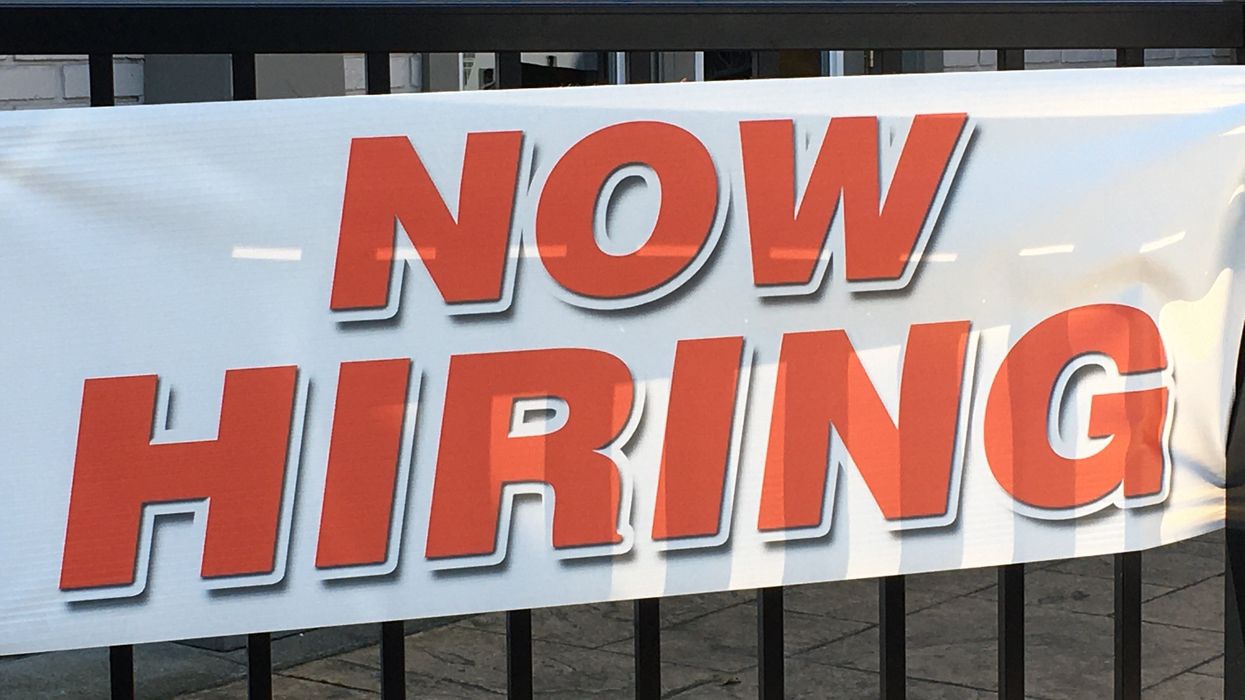This fact brief was originally published by Wisconsin Watch. Read the original here. Fact briefs are published by newsrooms in the Gigafact network, and republished by The Fulcrum. Visit Gigafact to learn more.
Are 'almost all of the new jobs' in the US 'going to illegals'?
No.
About 150,000 foreigners make unauthorized entry to the United States each month, yet job growth far exceeds that.
Former President Donald Trump said at a June 18 rally in Racine, Wis., "almost all of the news jobs" in the U.S. are going to undocumented immigrants, but that's mathematically dubious at best.
All immigrants constitute 18.6 perent of the U.S. labor force. Studies have found the top industries employing undocumented workers are agriculture, construction and administrative support.
Employers created about 272,000 jobs in May, higher than the average monthly gain of 232,000. That figure excludes farm jobs. More than half of the jobs were in health care, government and hospitality.
There were roughly 10.5 million individuals living in the U.S. without legal status in 2021, or about 3 percent of the population. Federal law prohibits hiring undocumented immigrants.
The U.S. unemployment rate averaged 3.6 percent in 2023, the lowest rate in decades.
This fact brief is responsive to conversations such as this one.
Sources
New York Times The U.S. Economy Is Surpassing Expectations. Immigration Is One Reason.
Statista Annual unemployment rate U.S. 2023
U.S. Bureau of Labor Statistics Unemployment rate inches up during 2023, labor force participation rises
Pew Research What we know about unauthorized immigrants living in the U.S.
AULA Blog Immigration as the Current Main Driver of Economic Growth in the U.S.
New American Economy Undocumented Immigrants and the U.S. Economy
U.S. Bureau of Labor Statistics Total payroll employment up 272,000, health care up 68,000, in May 2024
Population Reference Bureau Immigration to the United States




















